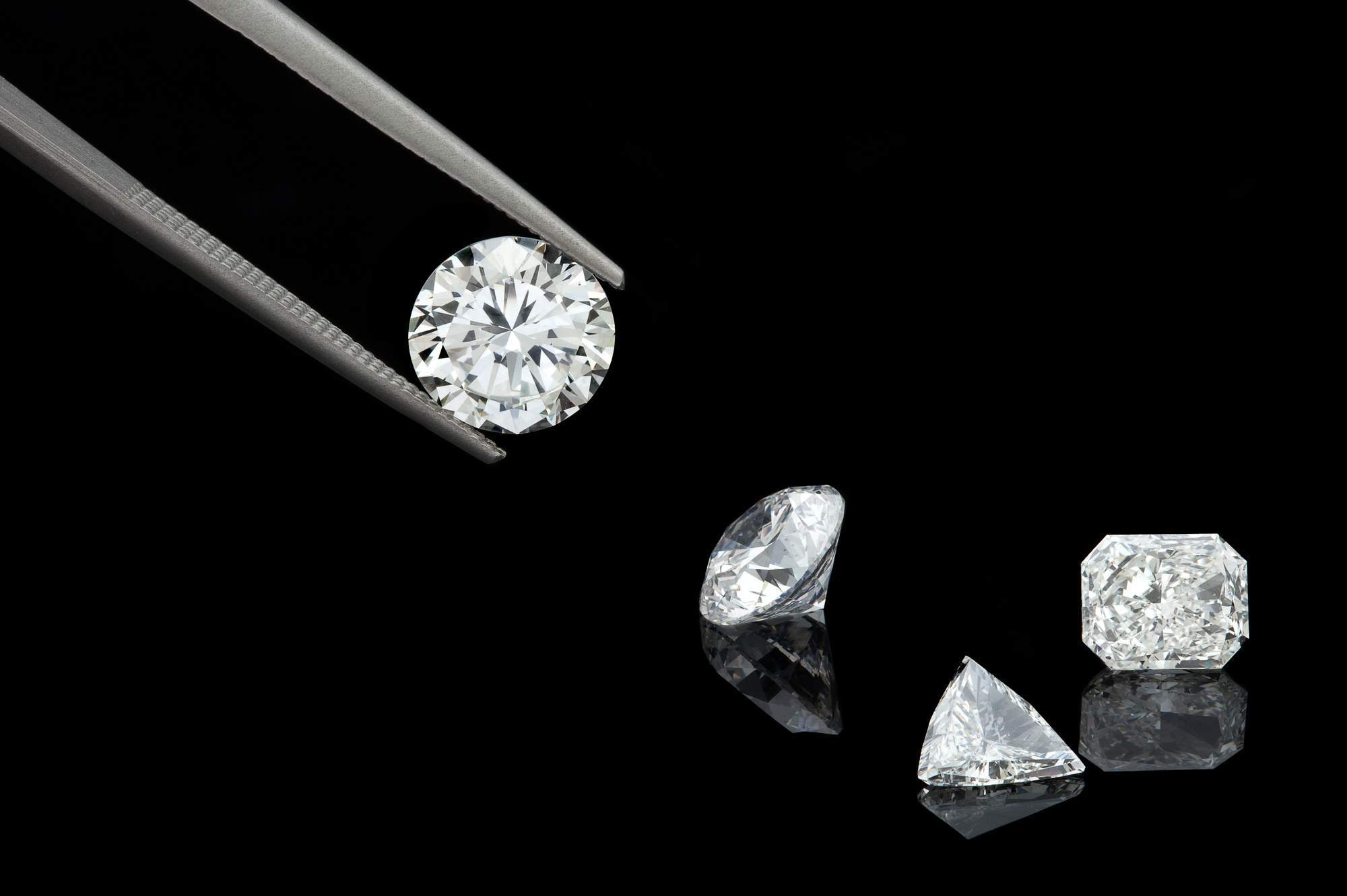
What Are the Different Types of Diamonds That Exist Today?
Did you know that the word diamond stems from the Greek word Adamas which means “invincible”? This is apt because, as you likely already know, diamonds are one of the hardest substances on earth.
That’s only one of the reasons why everyone covets these precious gemstones so much. They are also very beautiful and the jewelry industry was successful in making them the must-have stone for engagement rings.
And did you know there are several different types of diamonds too? Some diamonds have a much higher quality than others and some are even synthetic!
If you’re intrigued, this guide will educate you on all the different types of diamonds that exist today.
Main Different Types of Diamonds
Because diamonds are one of the most desired and popular types of gemstones, there are several ways of categorizing them. These are the four main types of diamonds that most jewelers would use to describe them:
- Natural diamonds
- Treated diamonds
- Natural colored diamonds
- Synthetic diamonds
Natural diamonds are the ones you will be most familiar with. These are transparent gemstones found in diamond mines worldwide. Treated diamonds are the lowest-quality natural diamonds tinted with artificial colors.
Not all diamonds are transparent as there are real colored diamonds that exist too. Some of these colors are violet, yellow, and green with blue and red being the rarest natural diamond colors.
Synthetic diamonds are lab-made but that doesn’t mean they are low quality. They are often superior to natural diamonds and don’t close as much. These are the best diamonds for people who have ethical concerns about real diamonds.
But you don’t have to buy new diamond jewelry as you can buy and sell ethical second-hand diamonds too. You can find out where to sell diamond jewelry and buy it here.
Different Scientific Types of Diamonds
Scientists have a different way of categorizing diamonds, but they also split them into four types. The technical types of diamonds are:
- Type Ia diamonds
- Type IIa diamonds
- Type Ib diamonds
- Types IIb diamonds
Type Ia diamonds account for around 95% of all diamonds. These diamonds have clusters of nitrogen impurities which give them minuscule yellow patches. Type IIa diamonds have no nitrogen impurities.
Type Ib has nitrogen impurities. But instead of appearing in clusters, the nitrogen atoms scatter in several places around the gemstone. Type IIb diamonds also don’t have nitrogen atoms but they do have boron which means they look a little blue and can conduct electricity.
The Four Cs (and One S) of Diamond Grades
What most people mean by “types” of diamonds are actually diamond grades. These grades describe the different qualities or attributes of a diamond.
If you want to buy a piece of diamond jewelry, you should know about the different colors, cuts, clarities, carats, and shapes of a diamond first.
Color
Natural colored diamonds are growing in popularity thanks to celebrity engagement rings. Pink, black, and yellow diamonds are some of the most popular choices. But the most expensive and sought-after rings are still colorless diamonds.
But thanks to nitrogen, it’s rare to find a diamond ring that doesn’t have a small yellowish hue. So the Gemological Institute of America invented a color chart using the alphabet to categorize diamond color. This is the color chart:
- D-F = colorless
- G-J = near-colorless
- K-M = small tint
- N-R = very light yellow
- R-Z = light yellow or brown
As you’d expect, the closer the diamond is to the D-F end of the chart, the more expensive it is.
Clarity
Measuring the clarity of a diamond is a way of determining the flawlessness and quality of a diamond. When you see jewelers use a loupe (a small magnifying glass), this is often what they are examining.
There is, of course, a chart that jewelers use to categorize these different types of diamonds. This is the chart for clarity:
- FL = flawless, no inclusions or blemishes
- IF = internally flawless, no inclusions and some blemishes
- VVS1 and VVS2 = very, very small inclusions
- VS1 and CS2 = very small inclusions
- SI1 and SI2 = small inclusions
- I1, 12, and 13 = inclusions that affect transparency
Inclusions is another way of saying imperfections. This is ironic because the clarity chart is, in itself, imperfect.
It only refers to the number of imperfections and not where they are or the color. These flaws can make a huge difference to the quality of a diamond too.
Carat
Carat is a common method used to categorize all gemstones and metals. In diamonds, carat measures the weight. Most diamonds are less than one carat.
It’s a common misconception that carat is the main way to measure diamond quality. But diamonds with a higher clarity but lower carat are often more expensive than diamonds with a higher carat but lower clarity.
Cut
How jewelry makers cut a diamond has a huge effect on its appearance. The cut can affect symmetry, how light travels through the diamond, and its proportions. The grading system for diamond cut is as follows:
- P = poor
- F = fair
- G = good
- VG = very good
- EX = excellent
Most buyers want diamonds rated VG or EX. These are easier to clean and look better for longer.
Shape
Diamonds are available in many different shapes. As with any fashion trend, the shapes go in and out of style. But these are the most common diamond shapes for rings, in particular:
- Round
- Pear
- Emerald
- Radiant
- Marquise
- Heart
- Baguette
- Oval
- Cushion
- Princess
The shape of a diamond is often determined by its size. It’s much easier to make a round diamond from a smaller raw diamond than it is a heart-shaped one.
All Types of Diamonds Are a Girl’s Best Friend
Even the lower quality types of diamonds are rare, expensive, and beautiful. If you want to buy or sell diamond jewelry, it’s important that you can tell the difference between each type. And now that you do, you will know what to charge for your diamonds or how much you should be paying for new ones.
Want to learn more about jewelry, gemstones, and other interesting facts? Browse the education and lifestyle articles on our website for lots of informative guides!















